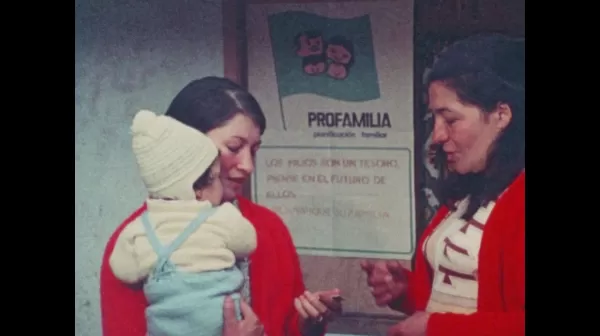Triplet Pregnancy: One Intrauterine, Two Extrauterine (John Irwin and Billy Burke Productions, 1961)
This film shows an operation performed on a woman pregnant with triplets at Hollywood Presbyterian Hospital in Los Angeles, California. One of the fetuses has died prior to birth. Doctors are shown scrubbing in preparation for surgery, then performing a laparotomy for delivery. Afterwards, the procedure for restoring the patient’s abdomen is shown. The stillborn fetus is examined, and a diagnosis is made of an interstitio-isthmal pregnancy.









